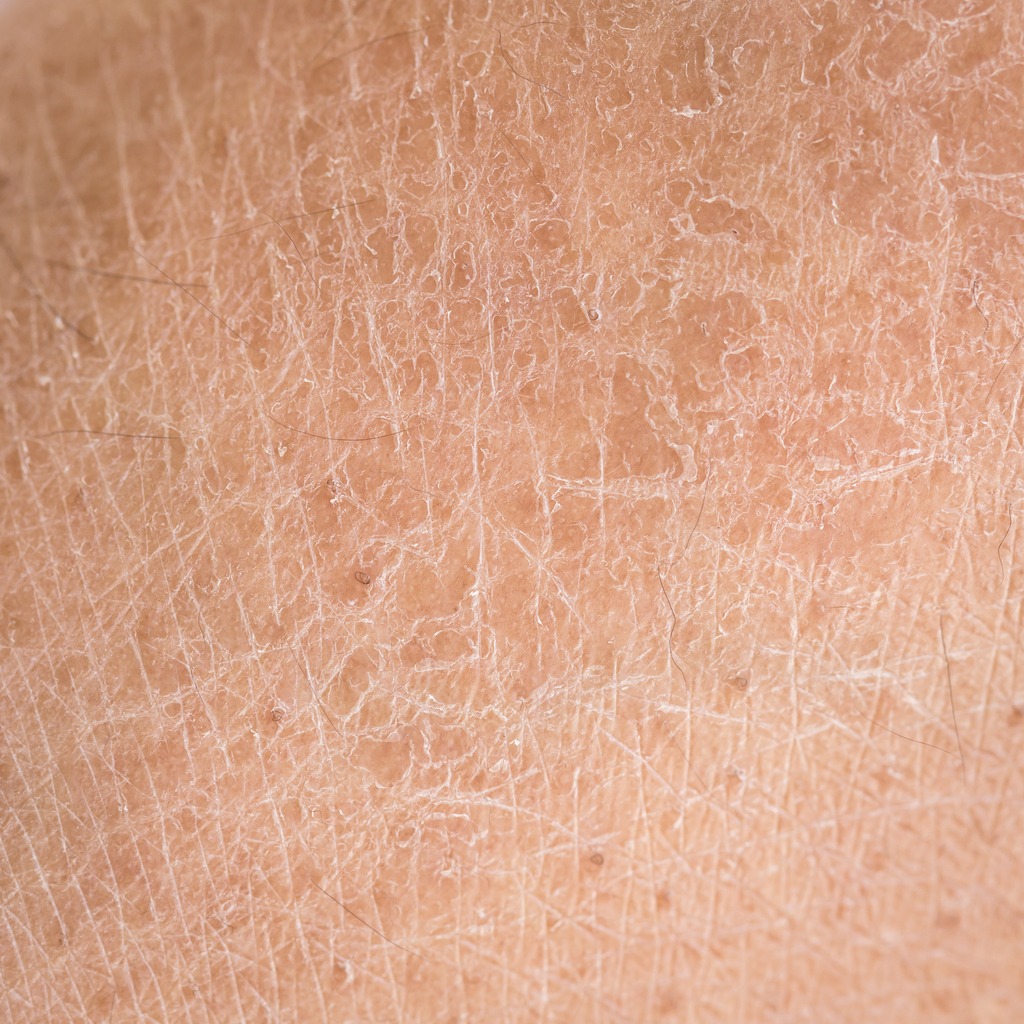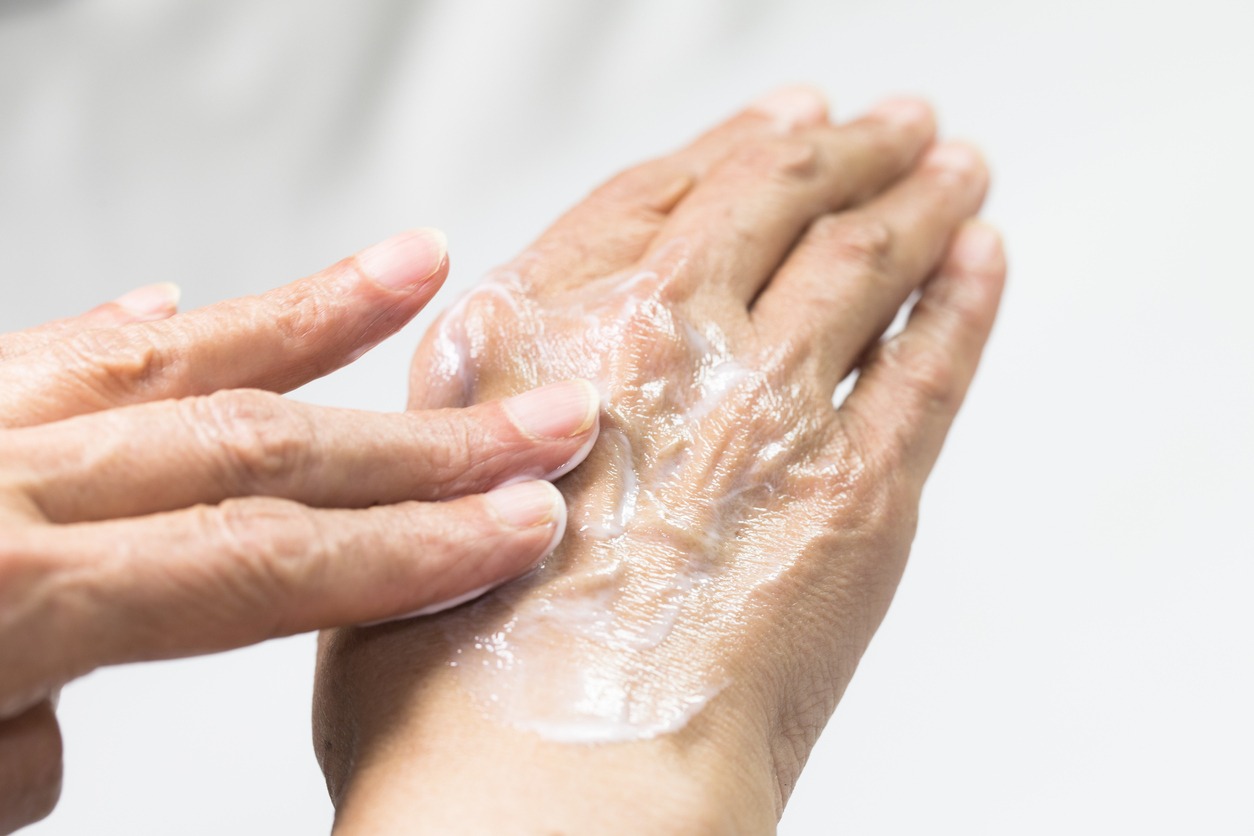The most sensitive element of the human body is the skin, which reacts to the outside world right away. Our skin need care so that it won’t be scratchy or harmed. Everybody’s skin has a unique texture and responds to different types of weather in a distinct way. Anyhow, moisturizers are necessary for all skin types.
Your skin might get tight, scratchy, and unpleasant if you don’t use moisturizer every day. The two main skin types are oily and dry; individuals with oily skin may just only a modest amount of moisturizer, but individuals with dry skin must use sufficient moisturizer after a set time. The necessity for a moisturizer is a problem when you are in a position where you have to deal with it every day. It also never allowed you to perceive it as an issue.
What to Look for in Moisturizers for Dry Skin
The majority of moisturizers designed for dry skin have a similar thick texture to give the skin a robust barrier. For dry skin, greasy lotions and ointments work well. The ingredients in each product you are thinking about should also be carefully considered. These ingredients (as well as the actual products) typically fall into one of three groups:
1. Humectants
The removal of dead skin cells and the drawing of water to the skin’s surface improve moisture absorption. Undoubtedly, hyaluronic acid is the most prevalent and significant humectant. It absorbs moisture into the skin by absorbing it like a sponge from the air. In addition to these, moisturizers frequently contain urea, glycerol, sorbitol, glycerin, aloe vera gel, and lactic acid.
2. Emollients
When the skin’s natural lipids have been depleted, emollients, which are present in creams, gels, ointments, and lotions, are helpful for dry or aged skin. A fatty acid is a lipid that is a fatty acid. Shea butter, isopropyl palmitate, and colloidal oatmeal are examples of common emollients.
3. Occlusives
Occlusives give the skin a physical barrier that protects it from possible irritants and water loss. They help with moisture retention and skin barrier restoration, making them a suitable choice for people with dry skin. However, occlusive ointments may block your pores if you have acne-prone skin. Beeswax, silicone, and oils including olive, lanolin, mineral, and dimethicone are examples of common occlusives.
Furthermore, oil-based, heavier creams and ointments are your best friend if you have dry skin because they hydrate your skin more than lotions and are goopy and greasy. You may be able to get away with using a lighter lotion in the summer, especially if it does have potent hydrating elements, but normally for individuals who have year-round dryness or a condition like eczema, a thick moisturizer or ointment needs to be a mainstay in your routine.
If you have dry skin, this usually signifies that your skin is unable to produce enough oil to keep itself hydrated. An effortless fix? A moisturizer with an oil basis that will replenish the oil your skin needs. There are other options, too; one is using a moisturizer with a petroleum jelly base, which you probably know best as the gooey stuff that makes up Vaseline. It will be simple to spot that in the ingredient list since you’ll quite literally see the word “oil.” But there are other options, too; one is using a moisturizer with a petroleum jelly base.
Petroleum jelly helps persons with eczema because the thick, protective layer relieves itching and inflammation caused by the condition. Petroleum jelly locks in moisture and shields the skin from future environmental stresses. If you want an oil- or petroleum-free moisturizer, water is another popular base. However, if you use one of these, you should pay special attention to the additional ingredients because these are what actually make the product moisturizing.
What to Avoid when Choosing Moisturizers for Dry Skin
You may observe that the majority of face moisturizers have the labels “fragrance-free” and “alcohol-free” while you look for products to cure and hydrate your dry skin. This is due to the fact that denatured alcohols and scents can dry out the skin, which is ineffective when attempting to battle dryness. Here are some ingredients you should stay away from when looking for a face moisturizer for dry skin, according to our skin care specialists:
1. Denatured alcohol
Denatured alcohol will be listed as ethyl alcohol or SD alcohol on skin care product labels. These alcohols will dry the skin even more and suck moisture out of the skin, which can damage the skin barrier function and cause irritation and redness. Don’t worry if you see “alcohol” on the label of a moisturizer touted for dry skin because not all alcohols are denatured alcohols.
2. Fragrances
Since perfumes might irritate skin, it is best to buy unscented facial moisturizers, according to our skin care specialists.
3. Exfoliants
Exfoliants can irritate dry skin and may even exacerbate it, according to the experts. Salicylic acid and glycolic acid are two common exfoliating substances to stay away from.
How to Apply Moisturizer to Dry Skin?
Your skincare routine should be performed in a certain order for maximum hydration. Day and night, follow a serum with a moisturizer before an SPF (during the day). It also affects when you apply moisturizer. Dermatologists advise lathering up right away after cleansing or taking a shower while the skin is still damp, whether for the face or the body. After a shower or after cleaning your skin, use a moisturizer right away to prevent your skin’s moisture from evaporating.
Lastly, give an additional layer of protection to your skin when it is really dry or you are enduring the bitter winter weather. Glycerin, an occlusive substance, may be advantageous. In order to establish a barrier that will seal in moisture and shield skin from additional harm, it is also advised to spread something over your moisturizer on particularly dry or uncomfortable areas.
Conclusion
The greatest moisturizer should be made of natural organic substances. It shouldn’t have any unpleasant scents. Moisturizers typically simply serve as moisturizing agents, but the best ones also aid in slowing the signs of aging. Having the best product information enables one to purchase the best item and make the best choice.



